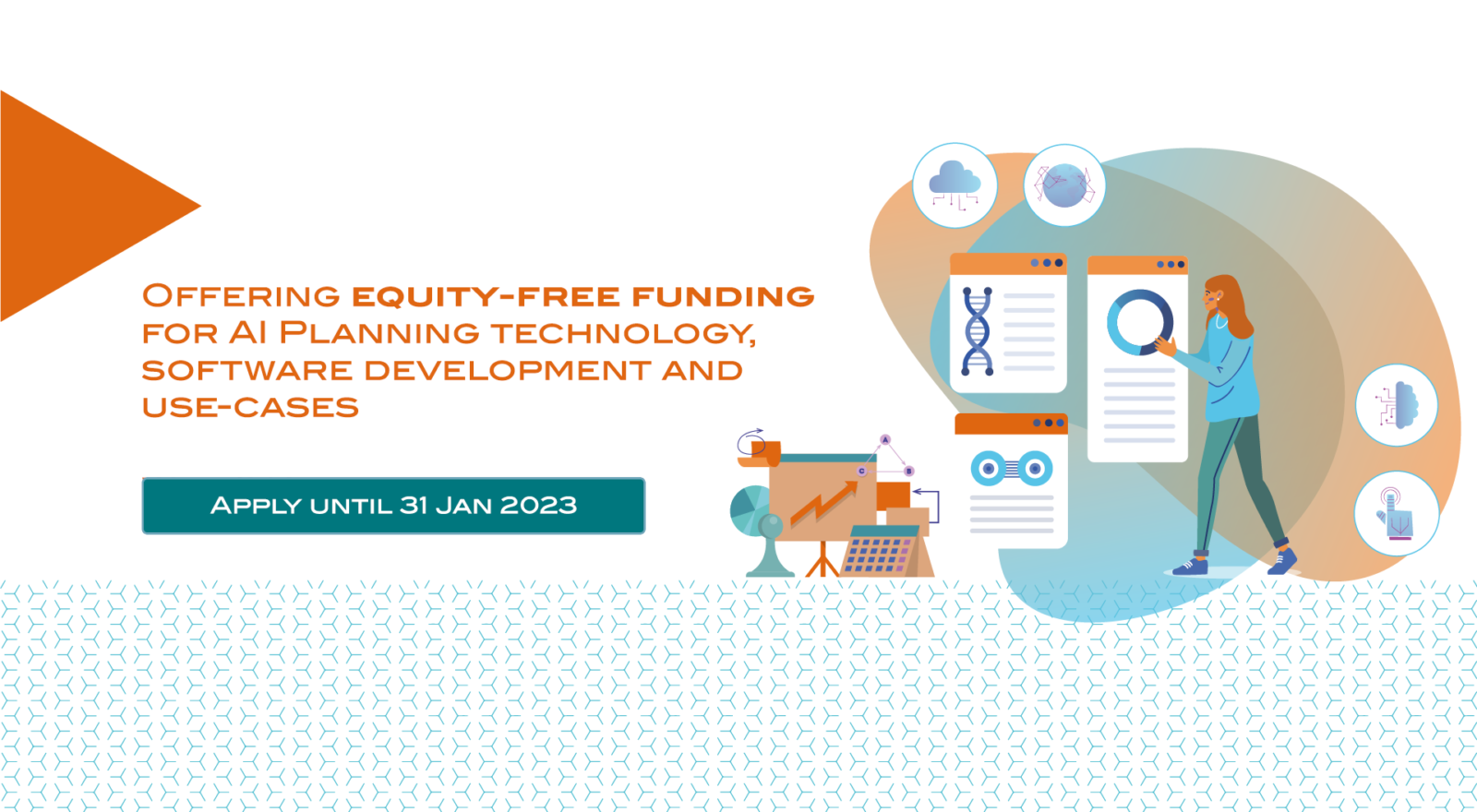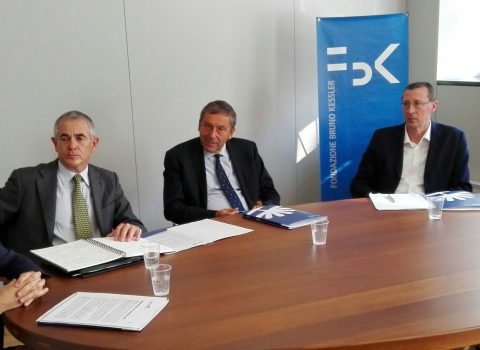
Looking for innovators. Offering equity-free funding for AI Planning technology, software development and use-cases.
Open call #2 for innovators features three different tracks, distinguishing three different kinds of contributions. Track A is mainly of interest for planning experts, while Tracks B and C mostly require more general software development. In track B, we are also looking for additional use-cases, which can potentially be of interest to everyone.
Track A – Planning Technology
Track A is for innovators who want to contribute planning technology to the AIPlan4EU ecosystem.
We seek all kinds of software tool/library/technology related to planning.
Examples include (but are not limited to):
- plan generation tools (e.g. automated planners),
- validation procedures (e.g. plan validators),
- visualisation tools (e.g. plan animators),
- problem transformation utilities (e.g. grounders and compilations).
We are looking for – Innovators (researchers, experts, students,…) and organisations (SMEs, MidCaps, larger companies, universities, research institutions, labs,…)
We offer – Opportunity to make your planning engine more widely accessible and €60.000 for each project, up to 4 projects.
Track B – Integration of New Use-Cases
Track B is intended for a consortium of two partners: one partner will be a use-case provider and the other will typically have expertise in planning and/or software development. Together, they will work in solving a planning use-case, exploiting the capabilities of the unified planning framework.
The use-cases can be from any sector. Examples of integrations include (but are not limited to):
- adding planning capabilities to simulators,
- integration of automated planning in logistics tools,
- visualisation tools,
- translating from existing formalisms/software libraries for decision-making into planning problems and mapping back the results.
We are looking for – A consortium of 2 entities: a use-case owner and a TSB provider (SMEs, MidCaps, larger companies, universities, research institutes, labs,…)
We offer – a funded opportunity to explore the benefits of AI Planning for the use-case owner with €90.000 for the winning consortium.
Track C – Technology-Specific Bridge for Existing Use-Case
Track C is intended for companies, organizations and individuals who have expertise in software development and/or planning and want to integrate an existing use-case with the unified planning framework, a software library developed by the AIPlan4EU project that offers planning-related capabilities in a general and convenient way. The eight participating use-cases were selected in earlier open calls for use-cases:
- Indoor Robot Taxi Planning for a Heterogeneous Vehicle Fleet
- Responding with AI-planning to Disasters
- AI Planning for Integrated Urban Traffic Control
- Learning to Run a Power Network with Planning
- Just-In-Time Bunkering Operations
- Energy-aware Smart Planning for Flexible Assembly Line Systems
- Optimization of Robot’s Operation Purposed for Grass Cutting, Surveillance and Monitoring
- Autonomous Sea Vessel Route Optimization
The funded projects will realise a “Technology-Specific Bridge” (TSB) that connects the technology/software from one of the use-cases with the unified planning framework. Both entities, the TSB provider and the use-case owner, will work together and validate the results.
We are looking for – Innovators (researchers, experts, students,…) and single organisations (SMEs, Mid-Caps, start-ups, spin-off corporates, large companies, research institutes, universities, labs, NGOs, Foundations,…) that can provide a TSB for one of the given use-cases
We offer – €60.000 for each TSB provider
Applications for OC2 will be open until 31 January 2023 at 17:00 CET:
www.aiplan4eu-project.eu/call-for-use-cases/open-call-2-for-innovators/
For more information, please visit the AIPlan4EU website, or follow it on Twitter, LinkedIn, and Facebook.

This project has received funding from the European Union’s Horizon 2020 research and innovation programme under grant agreement Nº10

